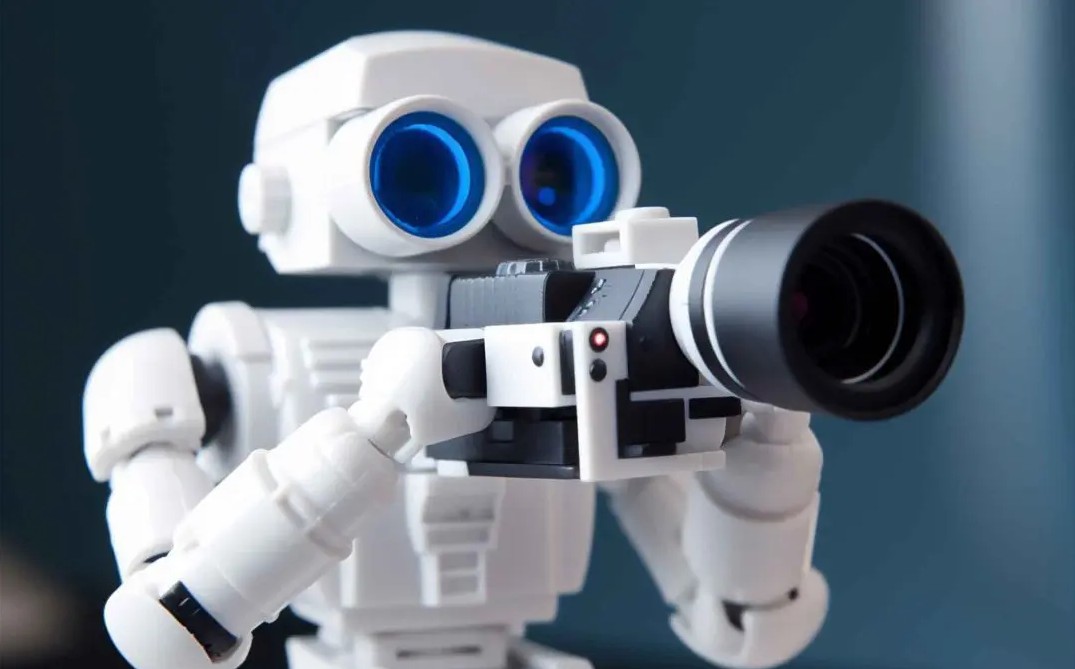In the past few years, photo AI has rapidly evolved from a novelty into a powerful tool reshaping the photography world. From AI-enhanced retouching to full image generation, the capabilities of artificial intelligence in visual content creation are becoming hard to ignore. As we step deeper into 2025, a pressing question arises: can AI truly replace professional photographers?
In this article, we’ll explore how far photo AI has come, where it excels, what it still can’t do, and how human photographers are adapting to stay ahead of the curve.
The Rise of Photo AI in 2025
Photo AI refers to the suite of artificial intelligence tools that can create, edit, enhance, and even generate photographs with little to no human intervention. Tools like AI background removers, upscalers, facial editors, and style transfer algorithms have empowered both professionals and amateurs to achieve high-quality results in minutes.
Whether you're retouching a portrait, simulating studio lighting, or stylizing an image to match a theme, photo AI offers a level of speed and automation that traditional editing methods simply can’t match. But as this technology becomes more refined, the line between human and machine-made photography continues to blur.
What Photo AI Can (and Can’t) Do Right Now
Photo AI is incredibly good at a few things: batch editing, auto-correction, background manipulation, and even mimicking artistic styles. Tools that use AI photo technology can replicate the look of vintage film, apply flawless skin smoothing, and even generate realistic portraits from scratch.
But there are still significant limitations. AI struggles with storytelling, spontaneous emotional moments, and unpredictable live environments – areas where human photographers thrive. It doesn’t understand context, mood, or the interpersonal dynamic that makes a wedding, family shoot, or corporate event memorable.
Where Photo AI Excels Over Humans
AI outperforms in several key areas:
- Speed and consistency: AI can edit hundreds of images in seconds with consistent quality.
- Accessibility: People without photography training can now produce decent results.
- Cost-effectiveness: For ecommerce or headshots, AI delivers professional-grade photos without hiring a photographer.
- Automation: Repetitive editing tasks like exposure correction or background removal are handled instantly.
Certain AI tools have also enabled new creative use cases. For example, some fashion photographers are now using AI tools like Undress ai to simulate different clothing styles or body compositions in post-production – saving time and effort during the shoot.
The Role of Human Photographers in the Age of AI
Despite all the buzz, professional photographers still have the edge when it comes to creative direction, emotional nuance, and client experience. A camera in skilled hands tells stories, builds connections, and captures moments with intention.
Rather than being replaced, many photographers are integrating photo AI into their workflows. They use AI to handle tedious tasks like background cleanup or color balancing, freeing them to focus on the creative aspects of a shoot.
Photographers also bring ethical awareness to the table. For instance, while platforms like Undress AI offer AI-powered simulations, professionals are increasingly aware of the need to use such tools responsibly – especially when dealing with sensitive imagery or client consent.
Real-World Use Cases: When AI Photography Works Best
There are scenarios where AI-generated images are not only acceptable – they’re preferred:
- Ecommerce: Product photos with AI enhancements or auto-generated white backgrounds are standard practice.
- Social media: AI-generated profile pictures, avatars, and stylized filters dominate platforms like Instagram and TikTok.
- Headshots: Many professionals now use AI-enhanced headshots for LinkedIn or business pages.
- Stock images: AI-generated visuals fill gaps in stock libraries for niche or conceptual content.
In all these cases, photo AI enables high output with minimal resources – especially useful for startups, influencers, and small businesses.
Ethics, Trust, and the Limits of Undress AI
As AI tools become more powerful, ethical concerns are surfacing. Tools like undress ai and ai clothes remover walk a fine line between artistic experimentation and privacy infringement.
It’s crucial to understand that while these tools may serve valid creative or stylistic purposes in fashion or concept art, they can also be misused. Platforms are beginning to implement stricter policies, and professional creators are encouraged to seek consent and be transparent when AI is involved.
The rise of photo AI calls for new industry standards to ensure ethical use, especially when real people are the subjects of AI-enhanced or AI-generated imagery.
Expert Opinions: What Industry Pros Are Saying
Photographers aren’t running from AI – they’re adapting. Many professionals see photo AI as an assistant rather than a threat. AI handles the time-consuming grunt work, allowing photographers to focus on what matters most: creative storytelling and client relationships.
Some studios now offer “AI-enhanced packages” that merge human photography with AI editing for a faster turnaround and more refined results. It’s not about choosing one over the other – it’s about combining both.
The Future of Photography: Human + AI Collaboration
Looking ahead to 2030, the most successful photographers will likely be those who embrace both sides of the equation. AI will be used to automate, optimize, and experiment, while humans will continue to guide, create, and connect.
We may also see the emergence of hybrid roles – AI stylists, virtual photographers, or real-time AI editors who assist during shoots. As photo AI becomes more advanced, it will redefine, not replace, the profession.
Conclusion: Will Photo AI Replace Photographers?
So, can photo AI replace professional photographers? Not quite. While it can replicate certain tasks with incredible speed and efficiency, it lacks the human touch that makes great photography unforgettable.
Photographers who embrace AI as a creative partner – not a competitor – will thrive in the years ahead. The future belongs to those who can blend technology with artistry, and photo AI is one of the most powerful tools in that journey.
Whether you're a professional looking to evolve or a creator experimenting with new styles, understanding and responsibly using photo AI will be essential in shaping the next era of visual storytelling.
